Best defensive castles of the Middle Ages
The Middle Ages were marked by the rise of formidable fortresses, serving as both military bastions and noble residences. These castles were the epicenter of medieval life, offering protection in times of conflict. Beyond their defensive purpose, they were symbols of power and prestige. Built from the 10th to the 17th century, they are scattered across Europe, each telling a unique story of architectural evolution and historical significance. Let’s delve into the fascinating world of medieval fortresses.
The Evolution of Castle Design: From Motte-and-Bailey to Stone Fortresses
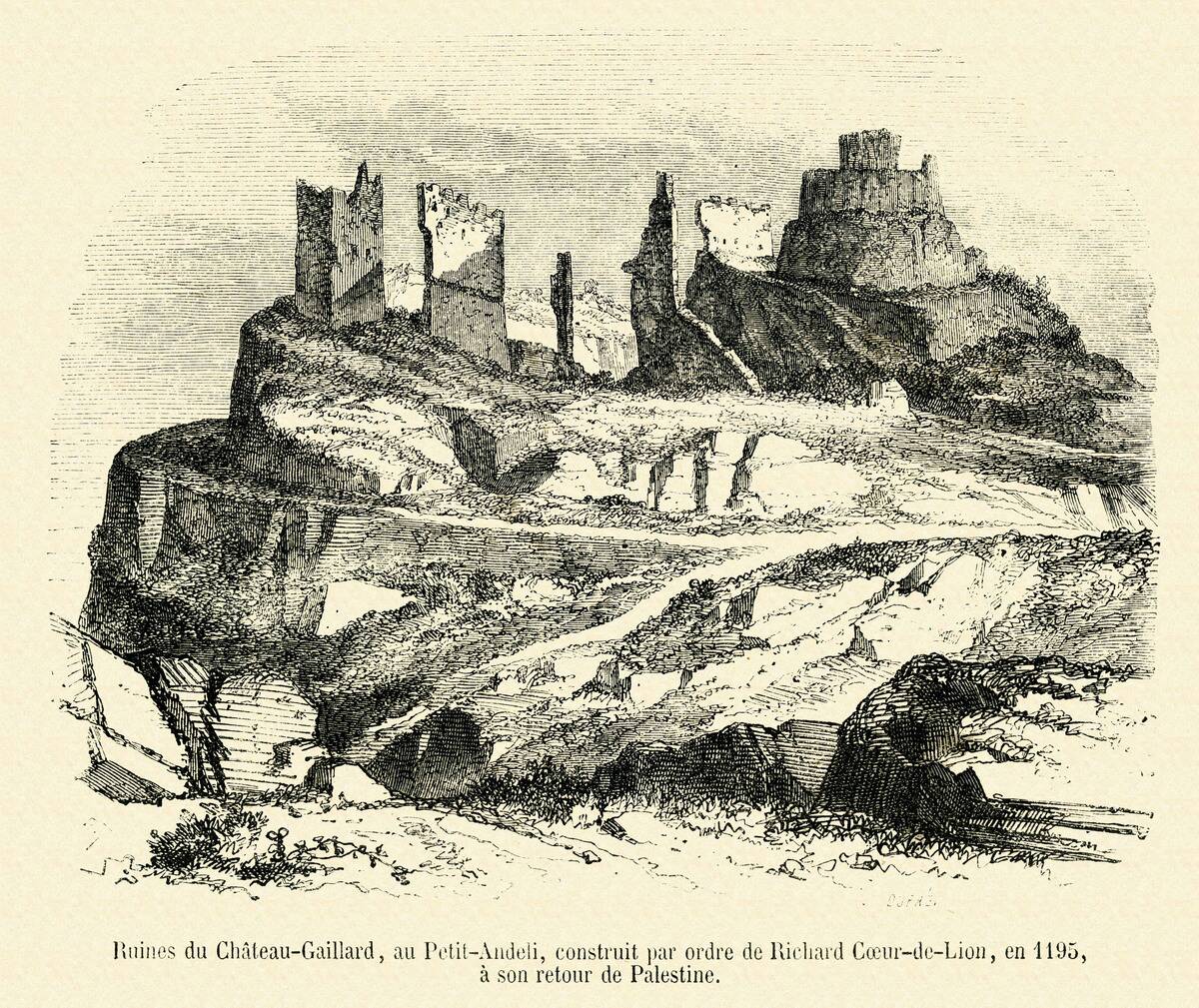
Initially, castles were simple wooden structures atop mounds, known as motte-and-bailey castles. These were quick to construct but vulnerable to fire. By the 12th century, stone became the material of choice, leading to the creation of more durable and imposing structures. Stone not only provided better defense but also allowed for more complex designs, including keep towers and curtain walls. This evolution reflects the growing need for security and the technological advancements of the medieval period.
The Role of Castles in Medieval Society
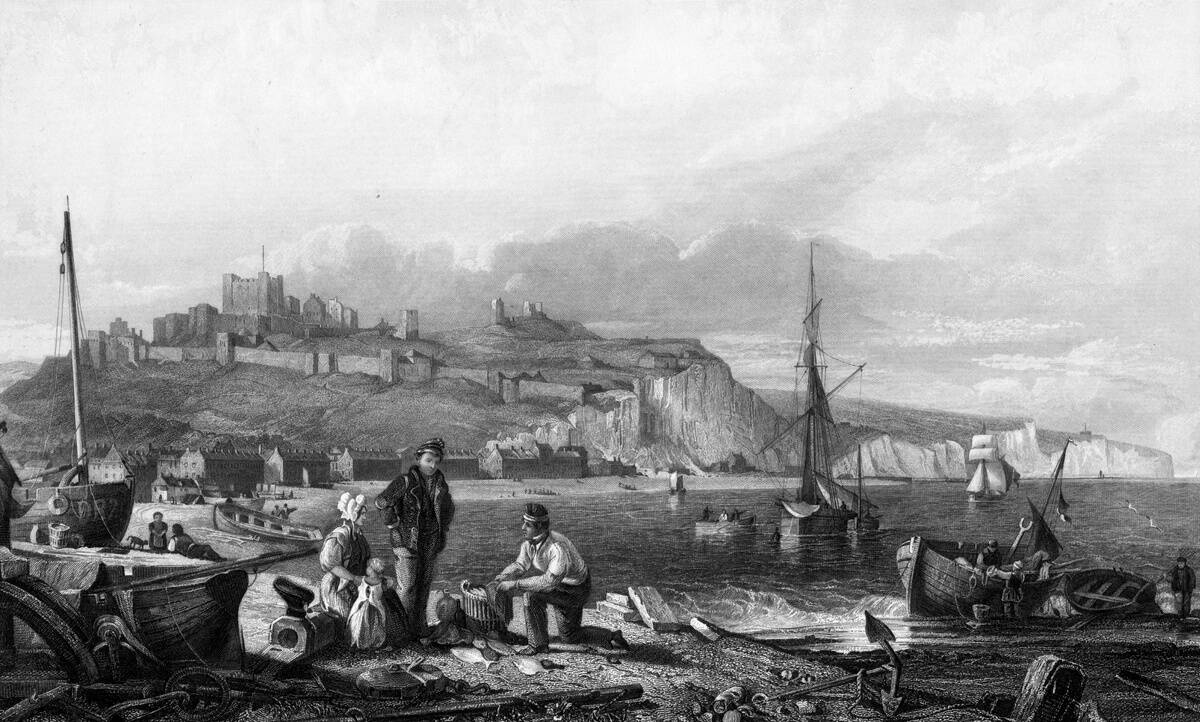
Castles were more than just military fortifications; they were central to medieval society. They acted as administrative centers, where lords governed their lands and collected taxes. In times of peace, castles hosted markets, feasts, and tournaments, becoming hubs of social activity. They also served as prisons and treasuries, storing both wealth and captives. The multifunctional role of castles highlights their importance in sustaining the feudal system and shaping the social landscape of the Middle Ages.
Architectural Marvels: Key Features of Defensive Castles
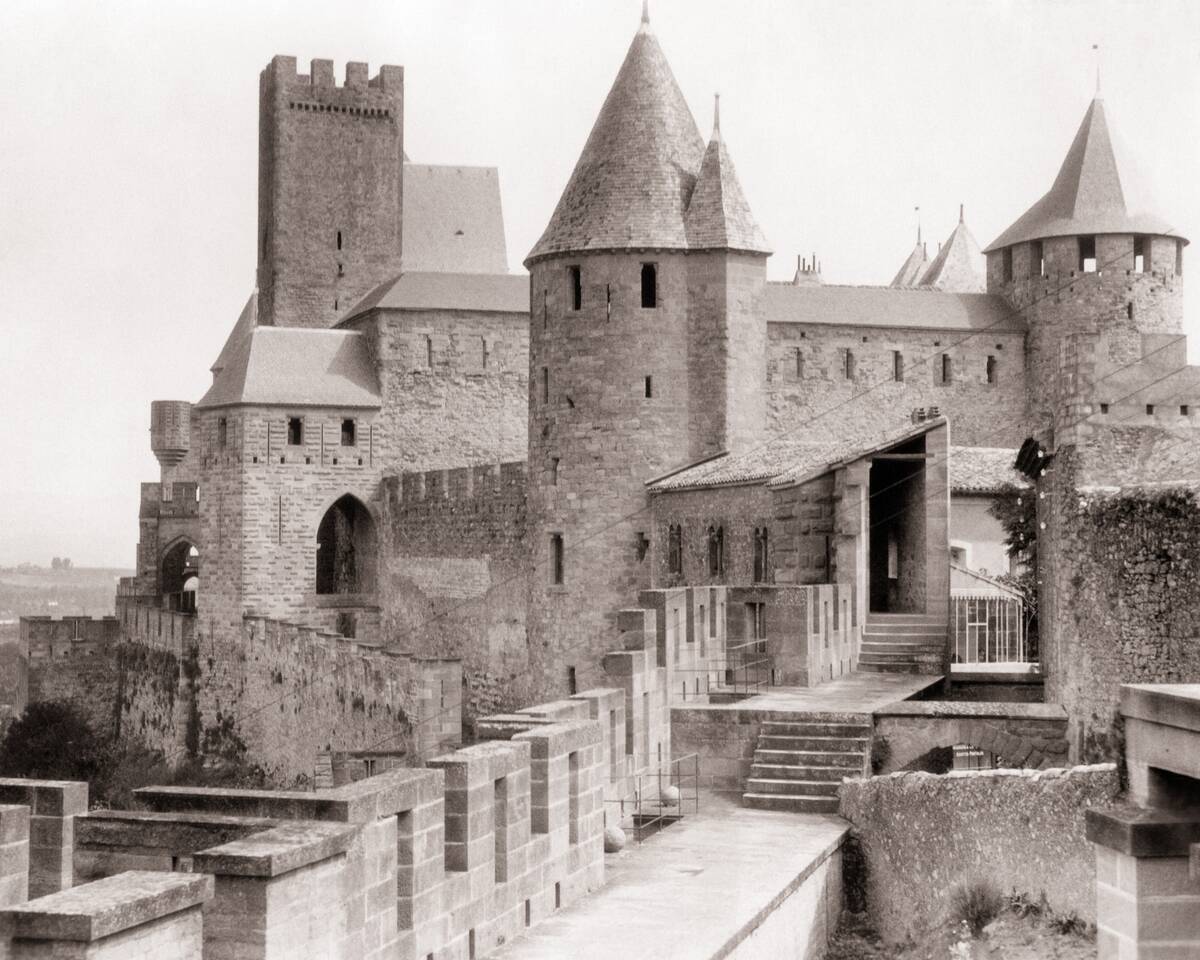
Medieval castles boasted a variety of architectural features designed for defense. Moats, often filled with water, surrounded castles, deterring attackers. High walls and battlements provided vantage points for archers, while arrow slits allowed for defensive fire without exposure. Gatehouses and drawbridges controlled access, combining intimidation with functionality. Each feature was meticulously planned to enhance the castle’s defensibility, showcasing the ingenuity of medieval architects in creating formidable strongholds.
Windsor Castle: The Stalwart of British Defense
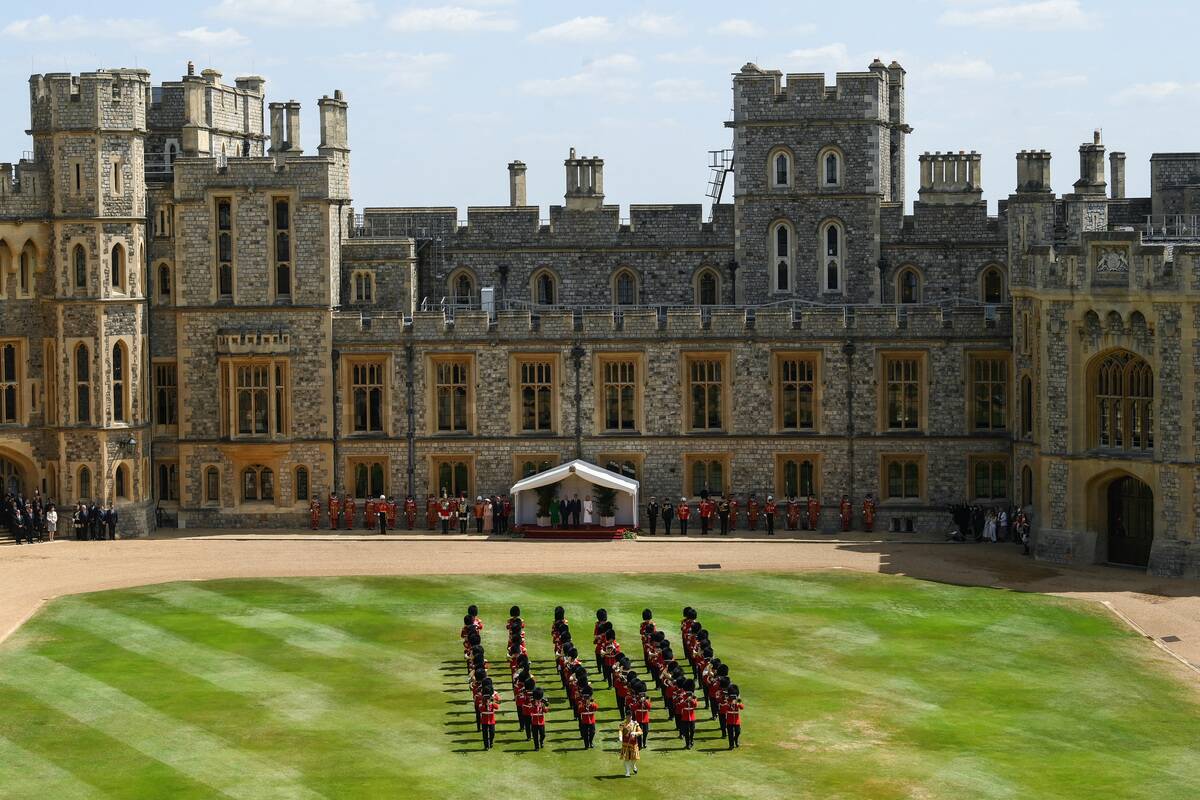
Windsor Castle, the oldest and largest inhabited fortress in the world, has been a symbol of British resilience for over 900 years. Founded by William the Conqueror, it has evolved from a strategic outpost into a royal residence. Its Round Tower and extensive fortifications played crucial roles during the English Civil War. Today, Windsor remains a working palace, hosting state events and attracting millions of visitors, a testament to its enduring legacy and historical significance.
The Impenetrable Walls of Krak des Chevaliers
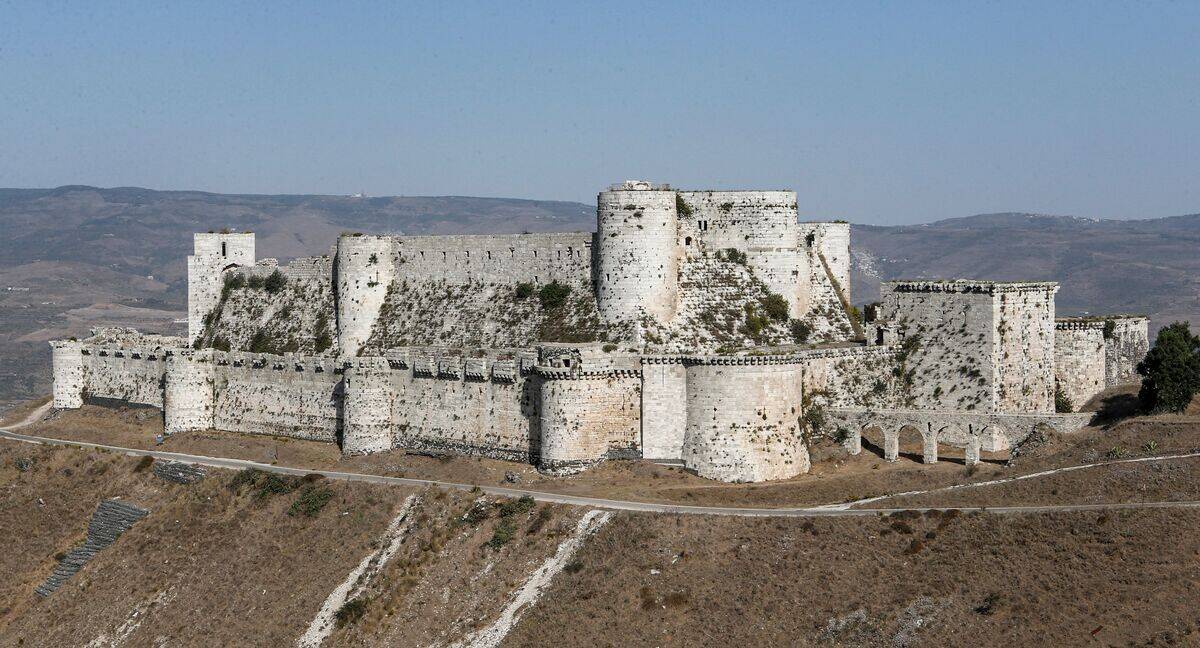
Perched in Syria, Krak des Chevaliers is often hailed as the epitome of Crusader castle architecture. Built by the Knights Hospitaller, its massive walls and strategic location made it nearly impregnable. The fortress could house thousands of soldiers and had extensive storage to withstand long sieges. Mark Twain once described it as “the most wholly admirable castle in the world.” Despite the ravages of time and conflict, Krak des Chevaliers remains a symbol of medieval military might.
Bodiam Castle: A Picturesque Fortress with a Purpose
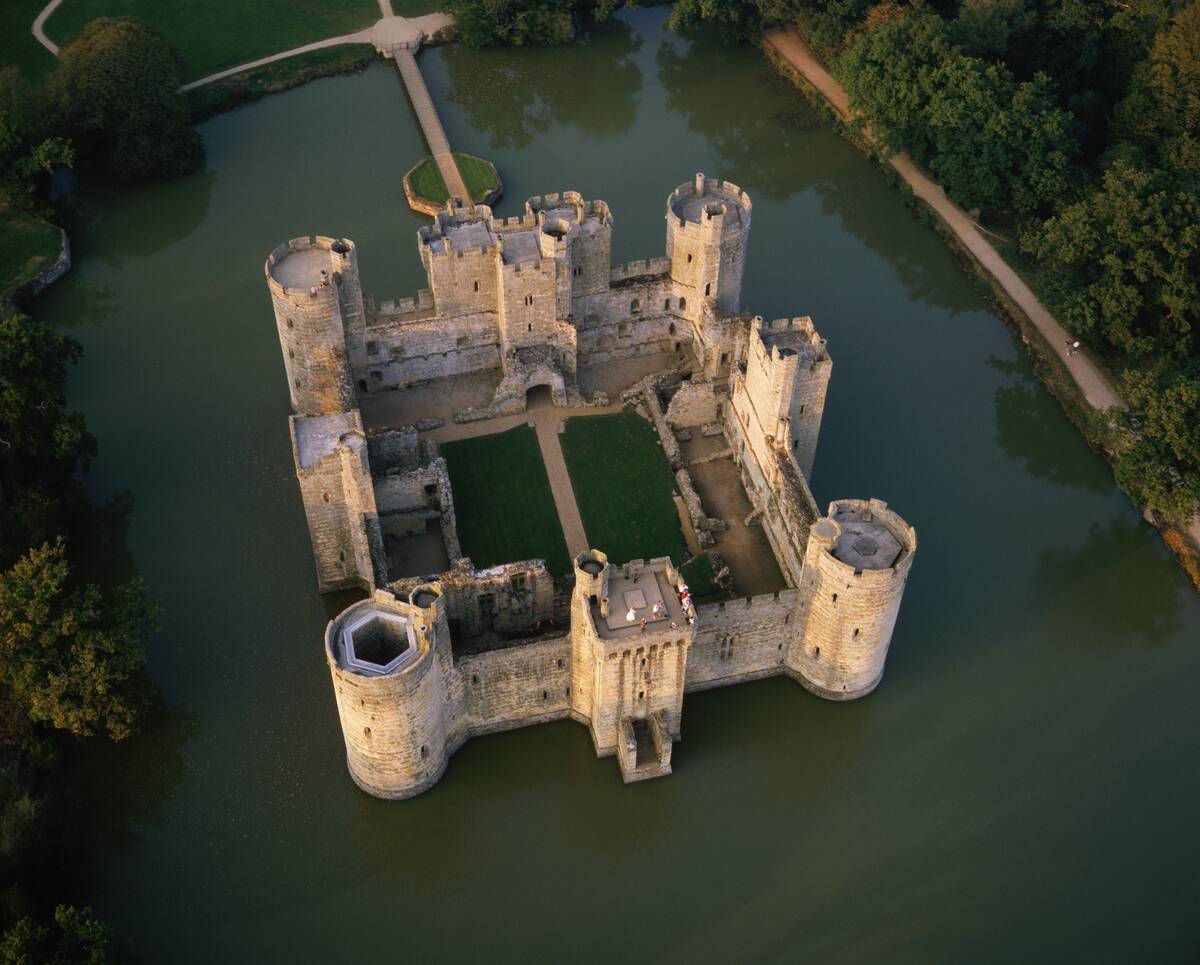
Nestled in the East Sussex countryside, Bodiam Castle is renowned for its fairy-tale appearance. Built in the 14th century by Sir Edward Dalyngrigge, it was intended to defend against French invasion during the Hundred Years’ War. Its wide moat and well-preserved towers create a striking silhouette, drawing countless admirers. Despite its romantic looks, Bodiam was a practical fortress, designed with a keen eye for defense. Today, it stands as a beloved historical landmark and a window into England’s past.
Edinburgh Castle: The Guardian of Scotland
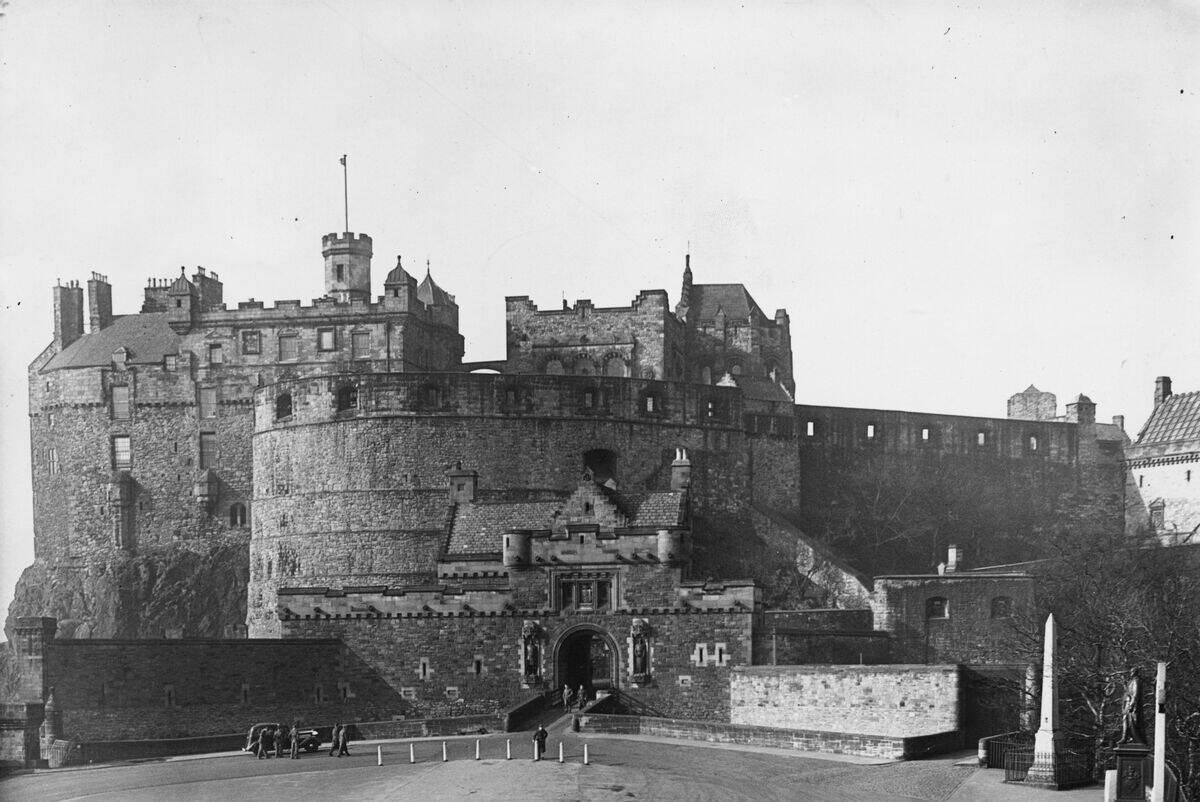
Dominating the skyline of Scotland’s capital, Edinburgh Castle is a symbol of Scottish heritage. Built on Castle Rock, a volcanic fortress, it has been a royal residence, military stronghold, and national symbol. The castle’s strategic position made it a key player in Scotland’s history, witnessing battles and sieges. Home to the Crown Jewels and the Stone of Destiny, it attracts millions of visitors each year. Edinburgh Castle is not only an architectural marvel but also a testament to Scotland’s turbulent past.
The Strategic Stronghold of Château de Chambord
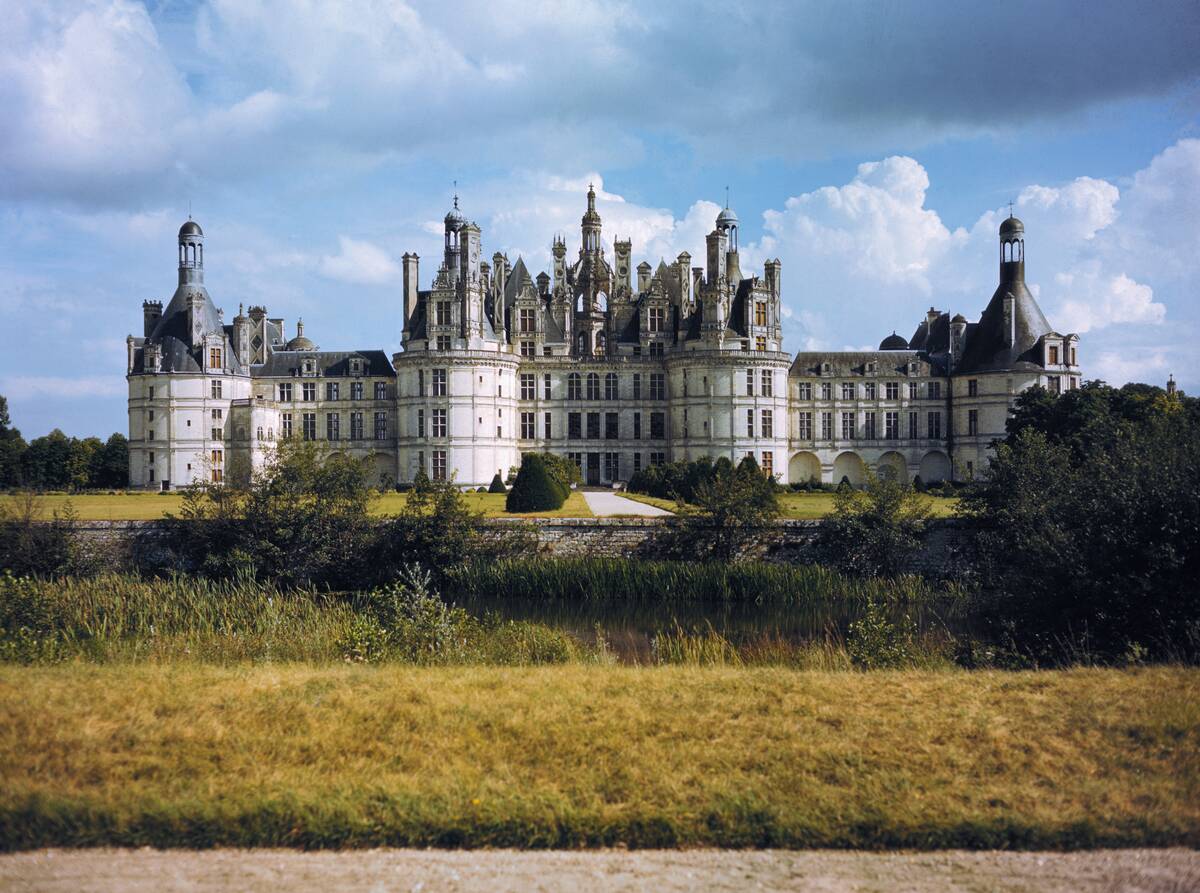
Nestled in the Loire Valley, the Château de Chambord is a Renaissance masterpiece with medieval roots. While primarily a hunting lodge for Francis I, its design features traditional defensive elements. The château’s distinctive double-helix staircase is said to be influenced by Leonardo da Vinci. Though more a symbol of royal opulence than a fortress, its scale and grandeur reflect the power and ambition of the French monarchy. Chambord’s blend of beauty and strength makes it a unique historical site.
The Majestic Alhambra: A Blend of Beauty and Defense
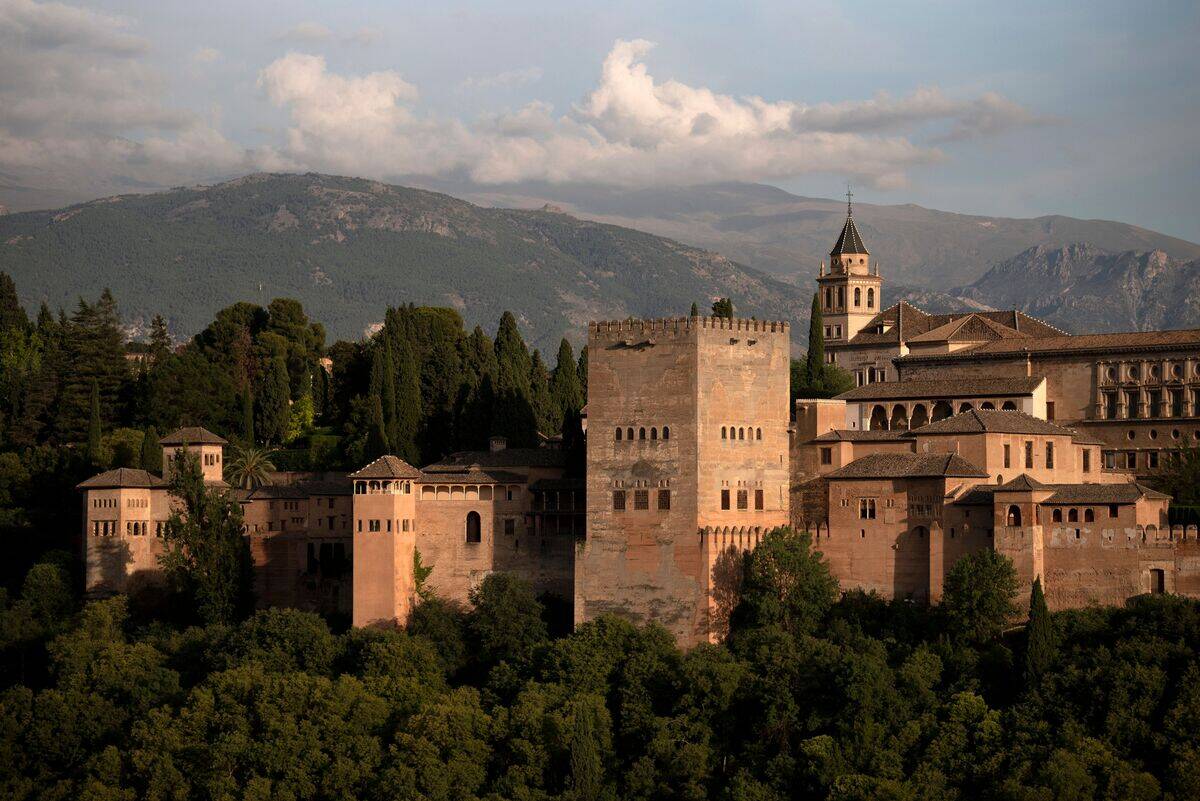
Perched on a plateau overlooking Granada, the Alhambra is a stunning example of Moorish architecture. Originally constructed as a fortress in the 9th century, it evolved into a royal palace complex. The Alhambra’s intricate Islamic art and lush gardens contrast with its robust defensive walls and towers. This blend of aesthetics and military function highlights the sophistication of the Nasrid dynasty. As a UNESCO World Heritage site, the Alhambra remains a symbol of Spain’s rich cultural past.
Neuschwanstein Castle: A Fairy Tale Fortress with Defensive Roots
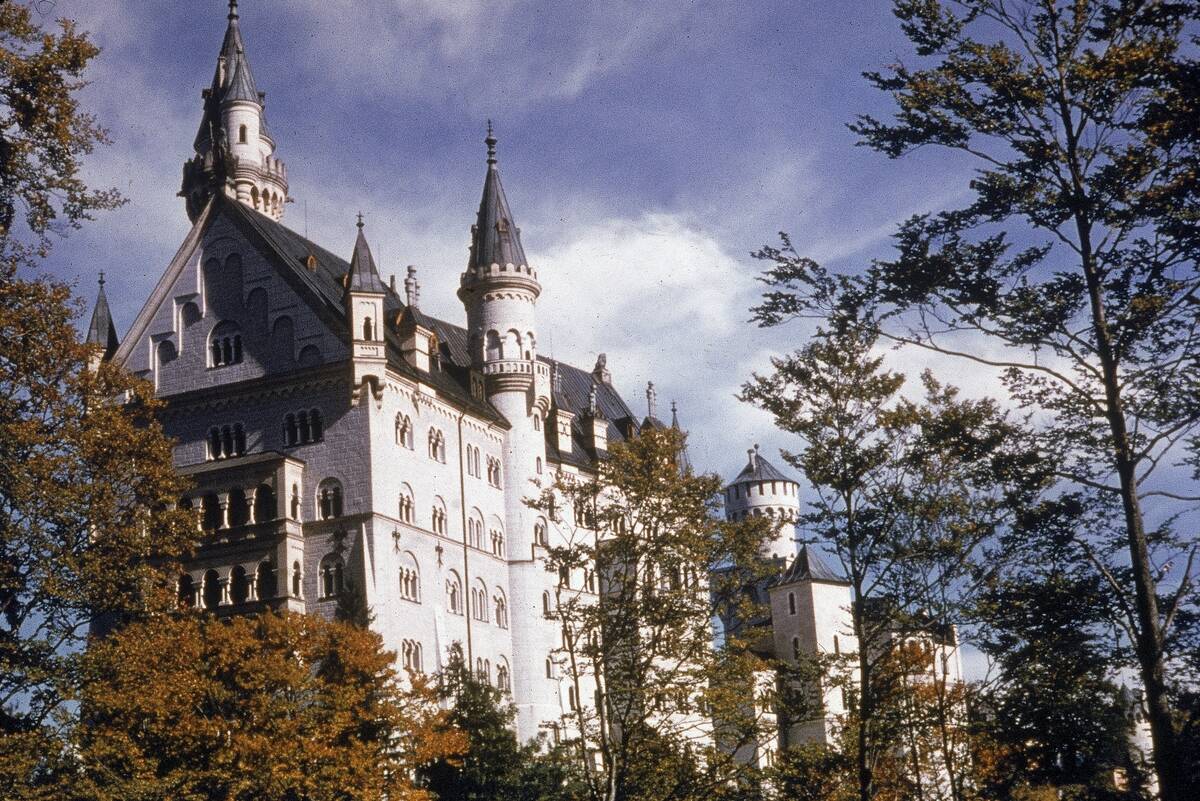
Neuschwanstein Castle, nestled in the Bavarian Alps, inspired countless fairy tales with its enchanting architecture. Commissioned by King Ludwig II in the 19th century, it reflects Romantic ideals rather than medieval practicality. However, its design was influenced by fortress architecture, including towers and battlements. Neuschwanstein’s picturesque beauty and dramatic location make it one of the most visited castles in the world. Despite its whimsy, it echoes the enduring appeal of medieval fortresses.
The Mighty Walls of Malbork Castle
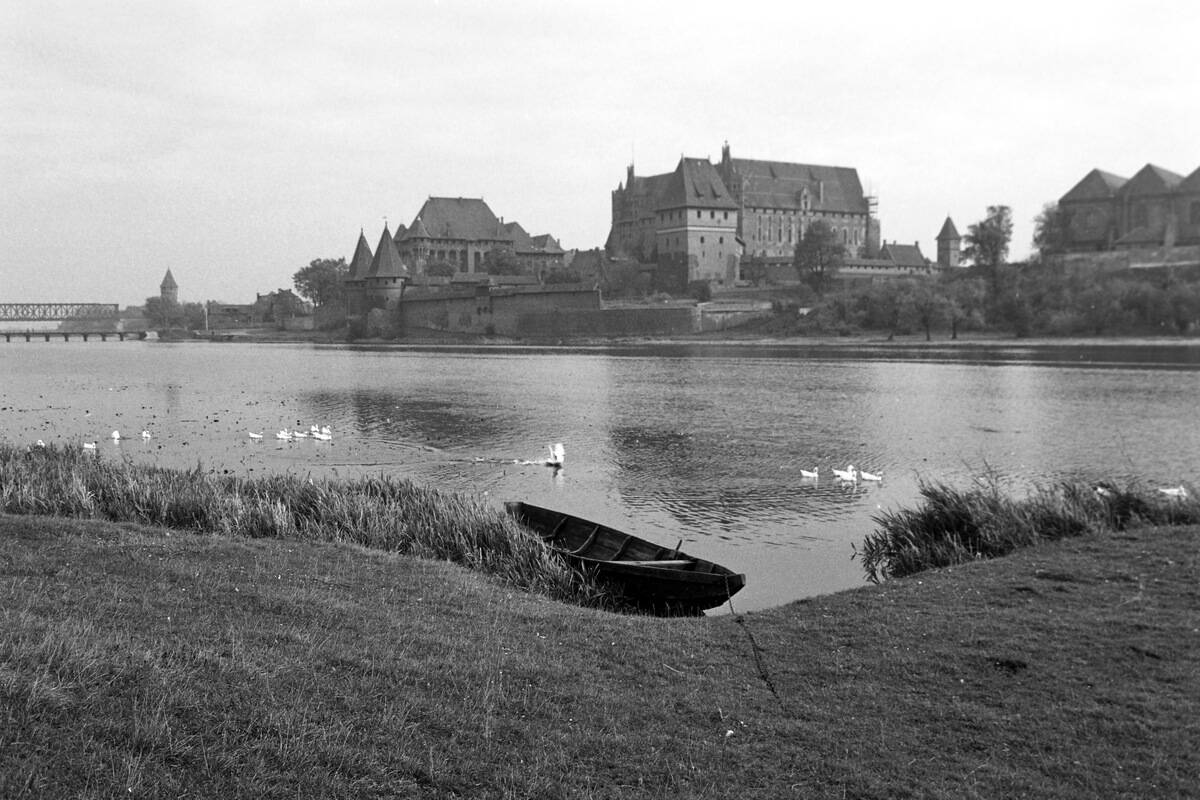
Malbork Castle, the largest brick castle in the world, stands as a testament to the power of the Teutonic Order. Located in Poland, it served as the order’s headquarters and a symbol of their dominance in the Baltic region. Its formidable walls and complex design reflect its military and administrative functions. Built in the 13th century, Malbork played a pivotal role in regional history, surviving numerous conflicts. Today, it is a UNESCO World Heritage site, admired for its architectural prowess and historical significance.
Carcassonne: A Walled City of Strategic Defense
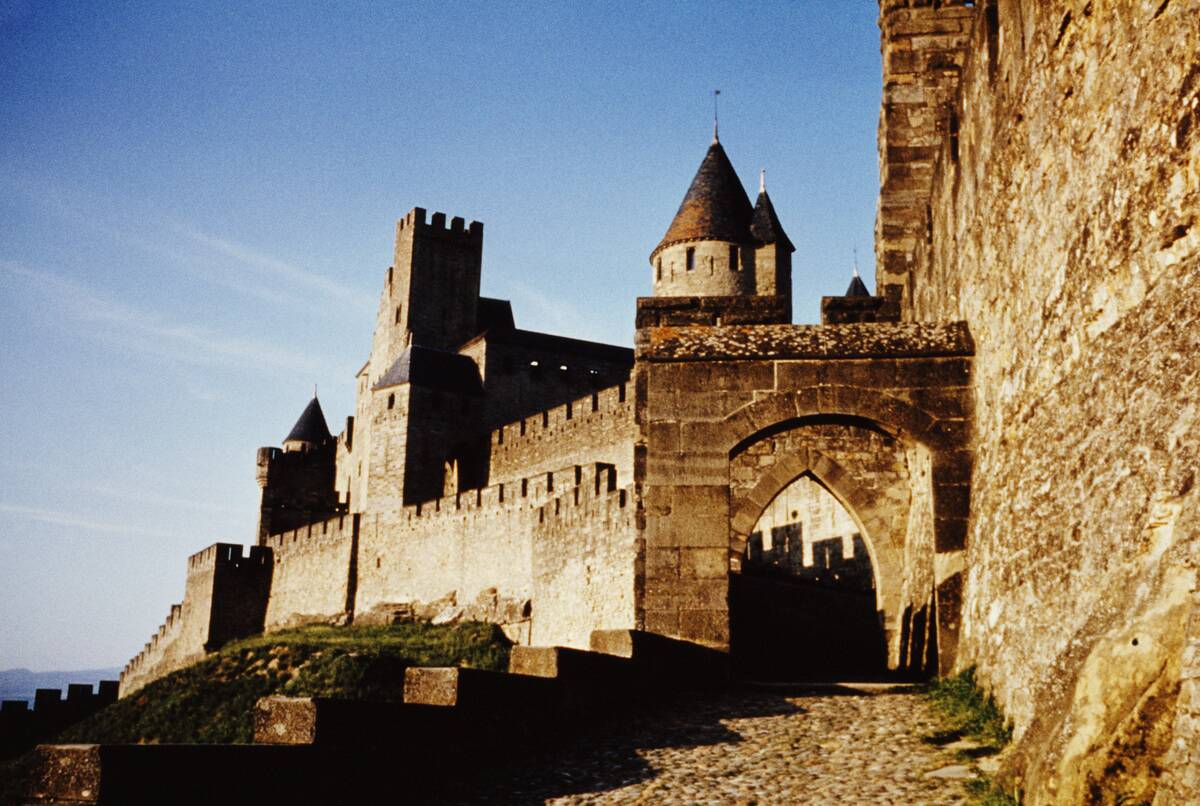
Carcassonne, a fortified city in southern France, is famed for its medieval walls and towers. The site has been occupied since the Neolithic period, but its current form dates back to the 12th century. The double-walled fortifications and 52 towers made it a strategic stronghold during the Albigensian Crusade. Restored in the 19th century by architect Eugène Viollet-le-Duc, Carcassonne is a UNESCO World Heritage site, drawing visitors with its impressive blend of history and architecture.
The Historic Significance of Himeji Castle
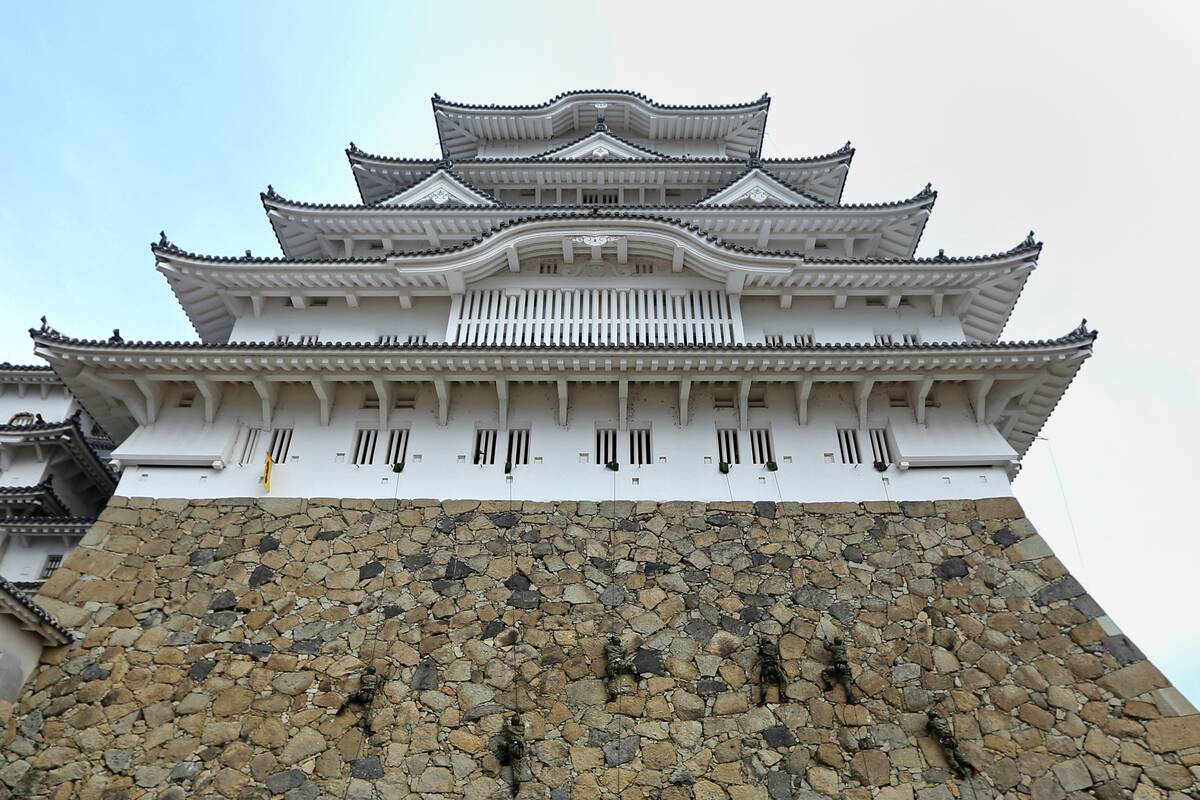
Himeji Castle, Japan’s most famous fortress, is renowned for its elegant white facade and strategic design. Known as the ‘White Heron Castle’ due to its graceful appearance, it was completed in 1609. Himeji’s complex defensive systems, including multiple gates and winding paths, thwarted attackers. Unlike many Japanese castles, Himeji remains intact, surviving wars and natural disasters. As a UNESCO World Heritage site, it stands as a symbol of Japan’s rich feudal history and architectural ingenuity.
Dover Castle: The Key to England
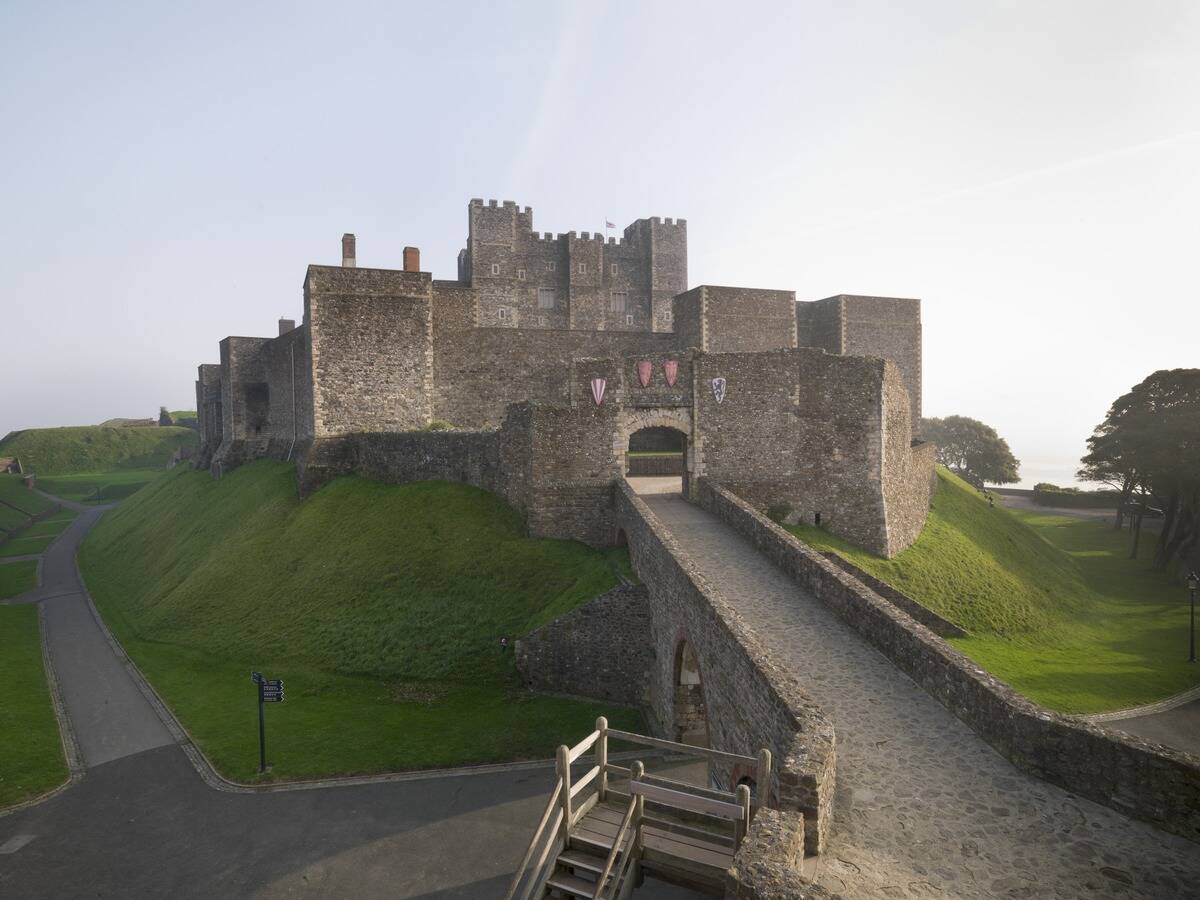
Dover Castle, perched on the White Cliffs of Dover, is often called the ‘Key to England’ due to its strategic location. Built by Henry II in the 12th century, it has played a crucial role in the defense of Britain. The castle’s Great Tower and extensive fortifications made it a formidable barrier against invasion. During World War II, it served as a command center for Operation Dynamo. Dover Castle’s rich history and stunning views continue to captivate visitors from around the world.
The Siege-Proof Design of Château Gaillard
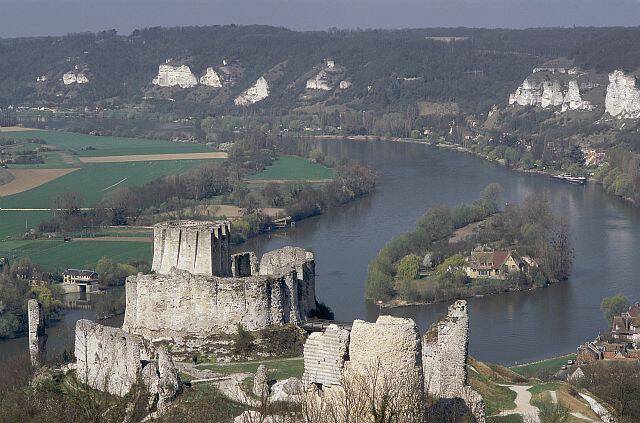
Château Gaillard, built by Richard the Lionheart in the late 12th century, was a masterpiece of medieval military architecture. Perched above the Seine River, its strategic location and innovative design made it a formidable fortress. The castle’s concentric walls and deep ditches were designed to withstand sieges, reflecting Richard’s experience in warfare. Despite its strength, Château Gaillard fell to the French in 1204. Today, its ruins offer a glimpse into the past, showcasing the ingenuity of medieval engineers.
The Defensive Innovations of Caernarfon Castle
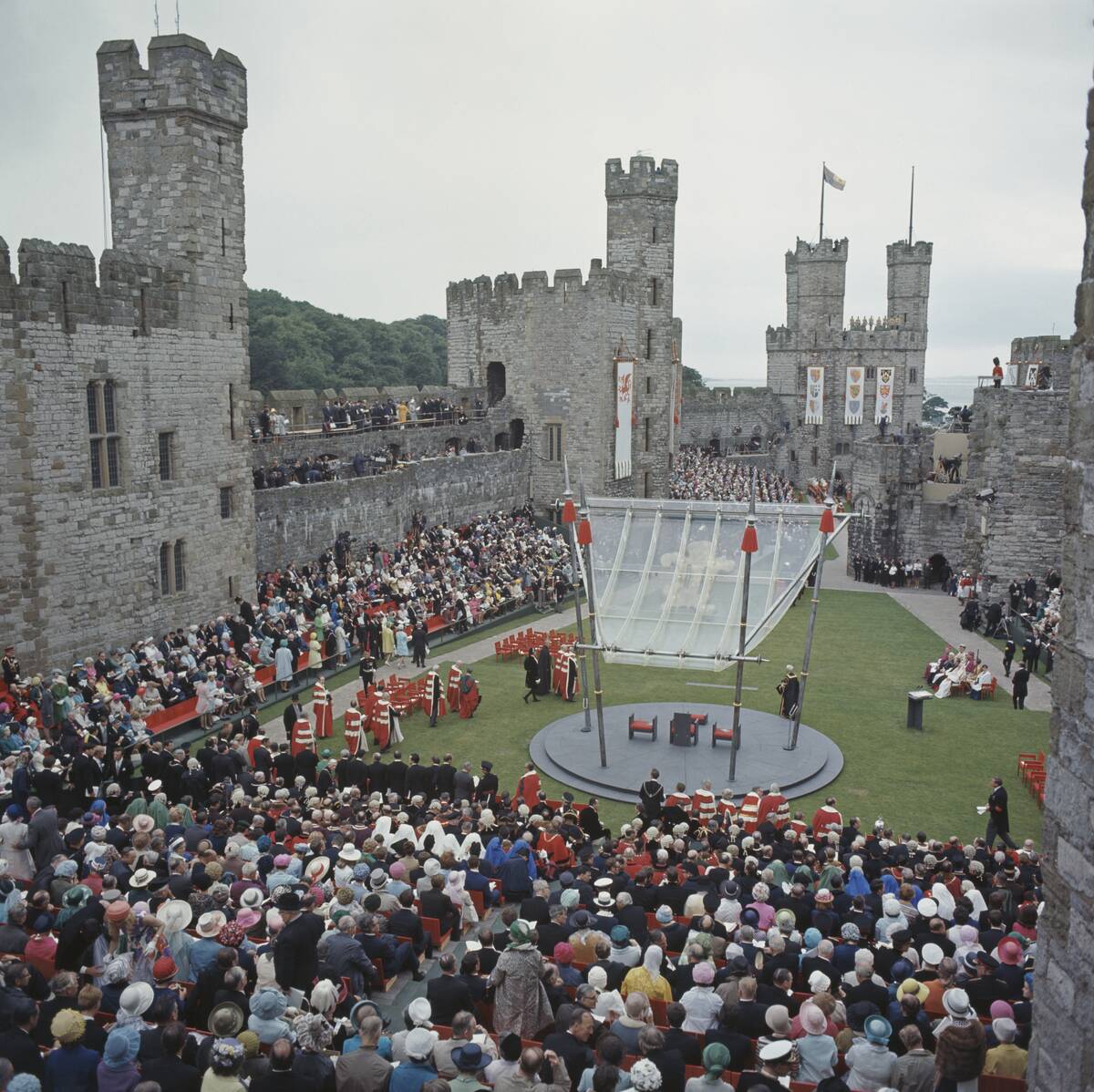
Caernarfon Castle, located in North Wales, is a striking example of Edward I’s ‘iron ring’ of castles. Built in the late 13th century, its polygonal towers and colored stonework reflect a unique architectural style. The castle’s design incorporated innovations such as arrow slits and murder holes, enhancing its defensive capabilities. Caernarfon played a pivotal role in the English conquest of Wales and remains a symbol of royal authority. Its impressive structure and historical significance continue to draw visitors and scholars alike.
The Lasting Legacy of Medieval Castles in Modern Times
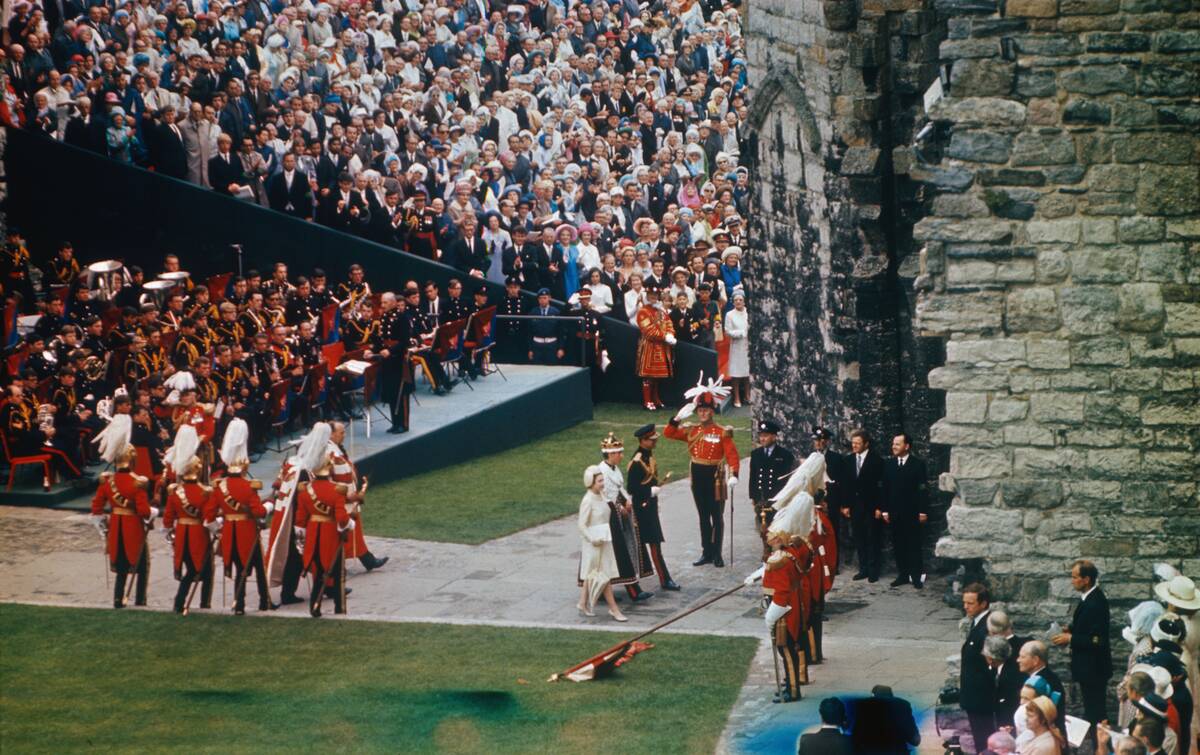
Medieval castles continue to capture the imagination and inspire awe in modern times. These structures, steeped in history, serve as popular tourist attractions and cultural landmarks. They influence modern architecture, with elements like turrets and battlements often featured in contemporary designs. Furthermore, castles appear in films, literature, and video games, reinforcing their iconic status. As symbols of heritage and history, they remind us of a time when stone and mortar shaped the world, leaving a lasting legacy for future generations.



